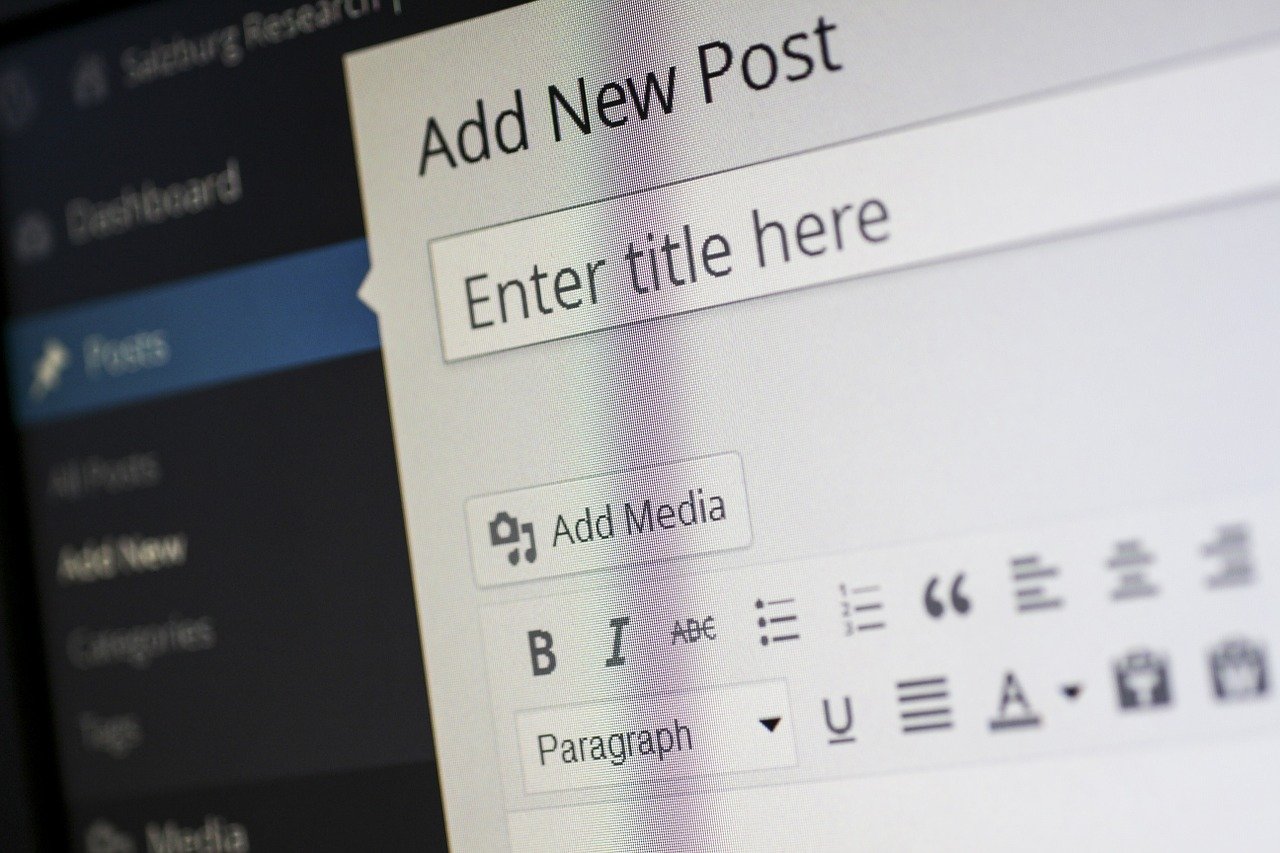Google has announced a new algorithm update that will roll out this month. This new sitewide algorithm update is called the ‘Helpful Content’ update.
Although no date was given by Google, it is expected to start rolling out on August 22 and take approximately two weeks to roll out completely.
What is the Helpful Content update about?

As the name suggests, the algorithm aims to target the quality of website content and ensure that publishers create content for website users and not for search engines. Among other things, one of the main reasons behind rolling out this update is to devalue content written for search engines and prioritize helpful pages that are primarily created for people.
According to Google:
“Next week, we will launch the “helpful content update” to better ensure people see more original, helpful content written by people, for people, rather than content made primarily for search engine traffic.”
Four key pieces of advice by Google on how to build human-first content
Although this update is full of valuable information and insights by Google, there are four key things that stood out to me.
I’m going to list down these four recommendations by Google and explain what it means and what you should do as a content publisher.
1. Word count
Google posed the following question to content creators to help them determine if they are creating content for humans or search engine bots.
“Are you writing to a particular word count because you’ve heard or read that Google has a preferred word count?”
This is a common misconception about SEO and SEO content writing that Google prefers a particular word count. That is not true.
Long-form content pieces do tend to rank higher on the search engine results pages (SERPs) more often, but that’s because those content pages are more comprehensive and helpful — not because they meet the arbitrary criteria of having a certain word count.
A 2012-study by SERPIQ revealed that the minimum word count limit for the average top 10 search engine results was at least 2,000 words.

But it does not mean that there is a hard-and-fast rule that you cannot publish a piece of content with less than 2,000 words.
Focus on the quality of the content. Anticipate the questions of your readers and answer them clearly and comprehensively. Nothing more; nothing less.
2. Comprehensive information
“Does your content leave readers feeling like they need to search again to get better information from other sources?” — Google
Another question Google asked to help content creators determine if they’re on the right track.
When Google sends a search engine user to a particular search result, it expects that web page to answer all the queries that the search engine user has. If a search engine user still didn’t have their answers after reading your content, then that’s a sign that your content doesn’t fall into the ‘Helpful Content’ category.
It may be marked as low-quality or unhelpful content and could affect your website’s search engine rankings.
Therefore, to avoid this problem, we recommend doing three things:
- Create detailed audience personas. Who is your ideal website visitor? What problems do they have that they are trying to solve? How can your content help? What do they like? What do they dislike?
- A list of questions that they may have. New questions often come up in the reader’s mind when they are reading. Anticipate those questions, list them down, and add their answers to your content or link them to other internal or external resources. Your aim should be to provide a comprehensive and helpful resource to search engine users.
- Analyze competitor content. Analyze the content and topics that other web pages on the first search engine result page cover. Shortlist the important topics and subheadings and include them on your web page to make it more comprehensive and helpful. We also recommend creating a detailed content outline before you start to ensure that you don’t miss anything important.
3. Content with authority and credibility
“Does your content clearly demonstrate first-hand expertise and a depth of knowledge (for example, expertise that comes from having actually used a product or service or visiting a place)?”
Google wants authentic, credible, and reliable content for its search engine users. This is also in line with Google’s latest product algorithm updates which prioritize reviews that demonstrate first-hand experience and knowledge. In addition, this is also in line with Google’s E-A-T guidelines.
What does this mean for content creators?
- Do not just rehash information shared by others. Add something new and unique.
- If you are reviewing a product or service, it is important that you have personally used it. Demonstrate that by sharing your personal experience.
- Add original photos and videos of yourself using a product or service or visiting a place to demonstrate first-hand knowledge or expertise.
4. A sitewide algorithm update

Many Google algorithms apply on a page-by-page basis. What it means is that a negative effect of an algorithm update would be limited to a particular page only.
However, this “Helpful Content” update is a sitewide algorithm.
Therefore, if Google determines that a site has a mix of unhelpful and helpful content, the whole website (including the high-quality web pages) may get affected and demoted in search engine rankings.
In other words, this “Helpful Content” update will not just affect individual pages. Instead, it will impact the entire website and its search engine rankings.
So what can you do to avoid that fate?
- Make sure that your website, as a whole, only has helpful content. A mix of unhelpful and helpful content won’t cut it anymore. Every page has to be super helpful to search engine users.
- If you have low-quality pages that aren’t as helpful, you can remove them. According to Google, “removing unhelpful content could help the rankings of your other content.”
- You can also no-index low-quality web pages instead of deleting them. That may help with search engine rankings. But think of it only as a temporary measure. According to Google’s John Mueller, “noindex is fine. Consider if all we see are good signals for your site; that’s a good sign. That said, as a user, I’d feel kinda weird, you land on a good page, and the rest is bad? Why would you do that? Short-term noindex is a good way to start, but usually, it’s not a few pages.”
- Audit your website and identify low-quality web pages. If possible, improve those web pages to ensure they fall into the “helpful content” category.
Possible impact
Now you know what the ‘Helpful Content’ algorithm is about. If the algorithm hits your website and negatively affects its search engine rankings, you are advised to remove or improve unhelpful content on your site.
This is doubly important now because unhelpful content elsewhere on the site can also affect other helpful pages.
According to Google, websites that are impacted by the update may find the effects to last several months. If Google does not find unhelpful content on the site even after multiple searches over a long period, the negative effects will wear out.
“Our classifier for this update runs continuously, allowing it to monitor newly-launched sites and existing ones. As it determines that the unhelpful content has not returned in the long-term, the classification will no longer apply,” explained Google.
Let us know what you are planning to counter this new sitewide algorithm update by Google. If you have any questions, please let us know.